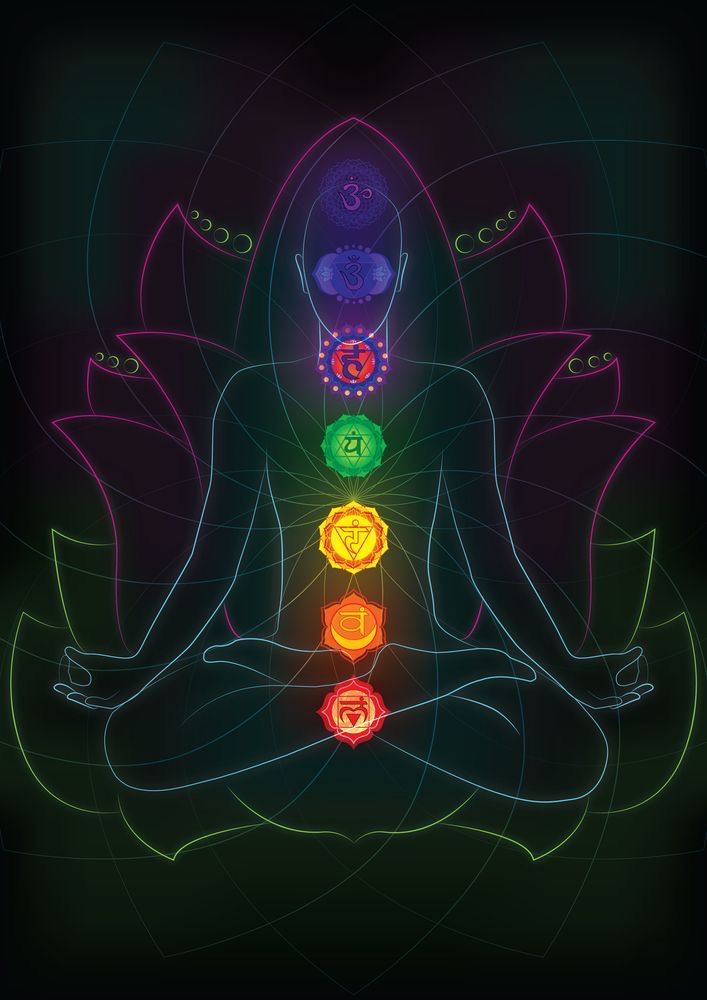Unlock Your Inner Power – First Online Class Free!

Mantra & Kundalini Terms
Explore the Vibrational Power of Mantras
In Kundalini Yoga, mantras play a central role in elevating consciousness and connecting to higher states of being. Below, you’ll find insights into frequently used mantras and essential terms that define the Kundalini Yoga experience.
What Are Mantras?
A mantra is the creative projection of the mind. It is a sound vibration that changes or elevates consciousness, helping us connect with universal truths and inner wisdom.

Mantra & Kundalini Terms
Sat: Truth, the ultimate, unchanging Universal Truth.
- Nam: Name or Identity.
Usage: A foundational mantra in Kundalini Yoga that reminds us of our true essence. We use this mantra to keep the mind focused and it is chanted at the end of class.
Ong Namo Guru Dev Namo
Meaning: This mantra calls upon the Creator and the Divine Teacher within us all.
Purpose: Establishes a strong, clear connection to receive guidance, inspiration, and energy. It also links us to the “Golden Chain” of teachers.
Usage: Chanted three times at the beginning of a class for protection and connection.
Another mantra that we chant thereafter three times is
- Aad Guray Nameh
- Jugaad Guray Nameh
- Sat Guray Nameh
- Siree Guroo Dev-ay Nameh
Meaning:
I bow to the primal wisdom.
I bow to the wisdom through the ages.
I bow to the true wisdom.
I bow to the great unseen wisdom.
Concluding a Kundalini Yoga Class
Every Kundalini Yoga
Every session ends with the blessing:
May the Long Time Sun
“May the long time sun shine upon you,
all love surround you,
and the pure light within you guide your way on.”
After the blessing, one to three long “Sat Nam” chants are performed, where “Saaaaaaaaaat” is long, and “Nam” is short, grounding the practice in truth and identity.

EXPLANATION OF TERMS USED
BREATH OF FIRE
Breath of Fire is a rapid and powerful breath through the nose.
Sit up straight, keep your mouth closed and breathe rapidly through the nose. No more than sniffing. Inhalation and exhalation will be equal. Inhale and lift your chest and when you exhale pull in your navel. The breath is powered from the navel. When it is done correctly, it is an easy breath. The muscles dance in rhythm and you stay energized rather than becoming tired.
Breath of fire will not only increase lung capacity, it also:
Strengthens the nervous system
Purifies the bloodstream
Energizes, stimulates and awakens
Increases vitality
If anyone is pregnant or in the first three days of your moon cycle you can choose to do long deep breathing instead of breath of fire.


MUL BANDH (ROOT LOCK)
This lock is the most frequently used in the practice of Kundalini Yoga. It allows the Kundalini energy to rise.
Sit in easy pose. Inhale deeply, as deeply as you can, and exhale, still holding the chest high. With the breath out, simultaneously contract/squeeze the muscles of the rectum, the sex organ, and the navel point – pulling in and up on the navel. Inhale, relax the contraction, and exhale. Mul Bandh can be applied with breath held in or out.
NABHI
I will instruct during a posture engage your nabhi. Your nabhi is a physical and energetic point located about one and a half inches below the belly button. To engage your nabhi pull your lower abdominals back towards your spine.
Engaging the nabhi helps protect your back and helps with correct alignment.
Correct alignment is extremely important. Whatever is touching the ground in a pose we ground it down, we stretch our spine and engage Nabhi, keep our chin in. We use gravity to help us in our postures. When this is done correctly there is a weightlessness to the body so rather than fighting against gravity to hold a pose we use it to helps us.
